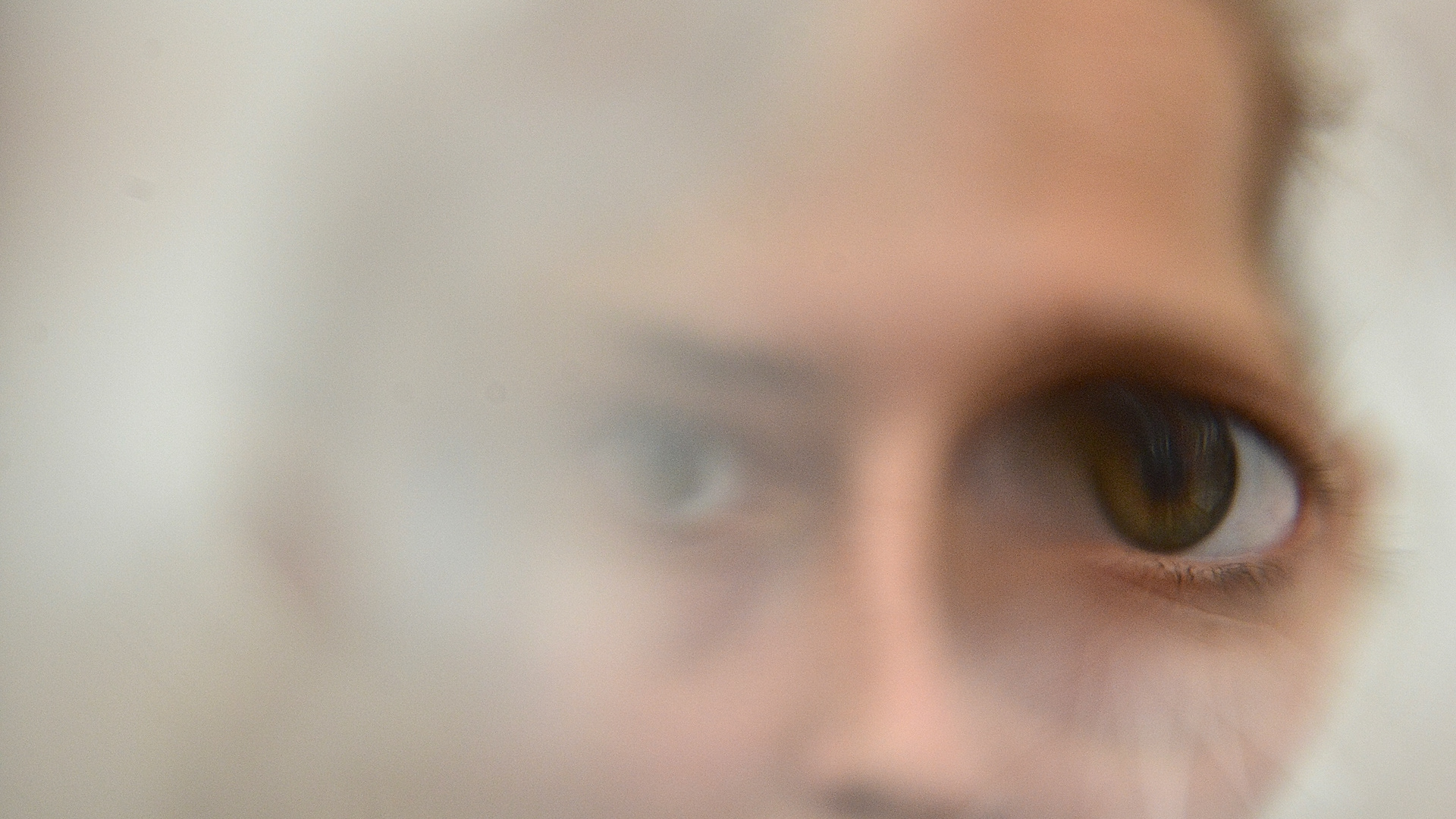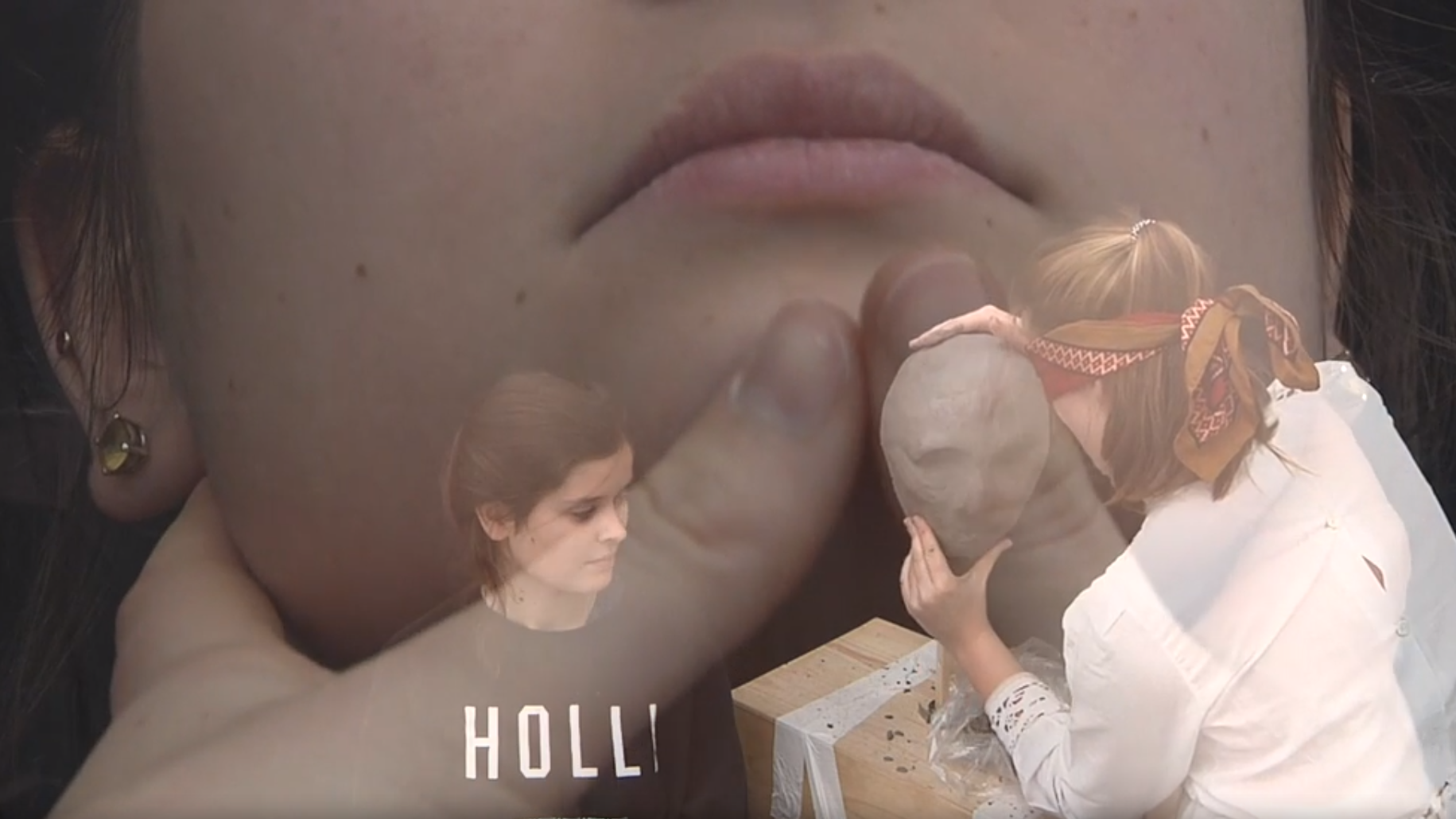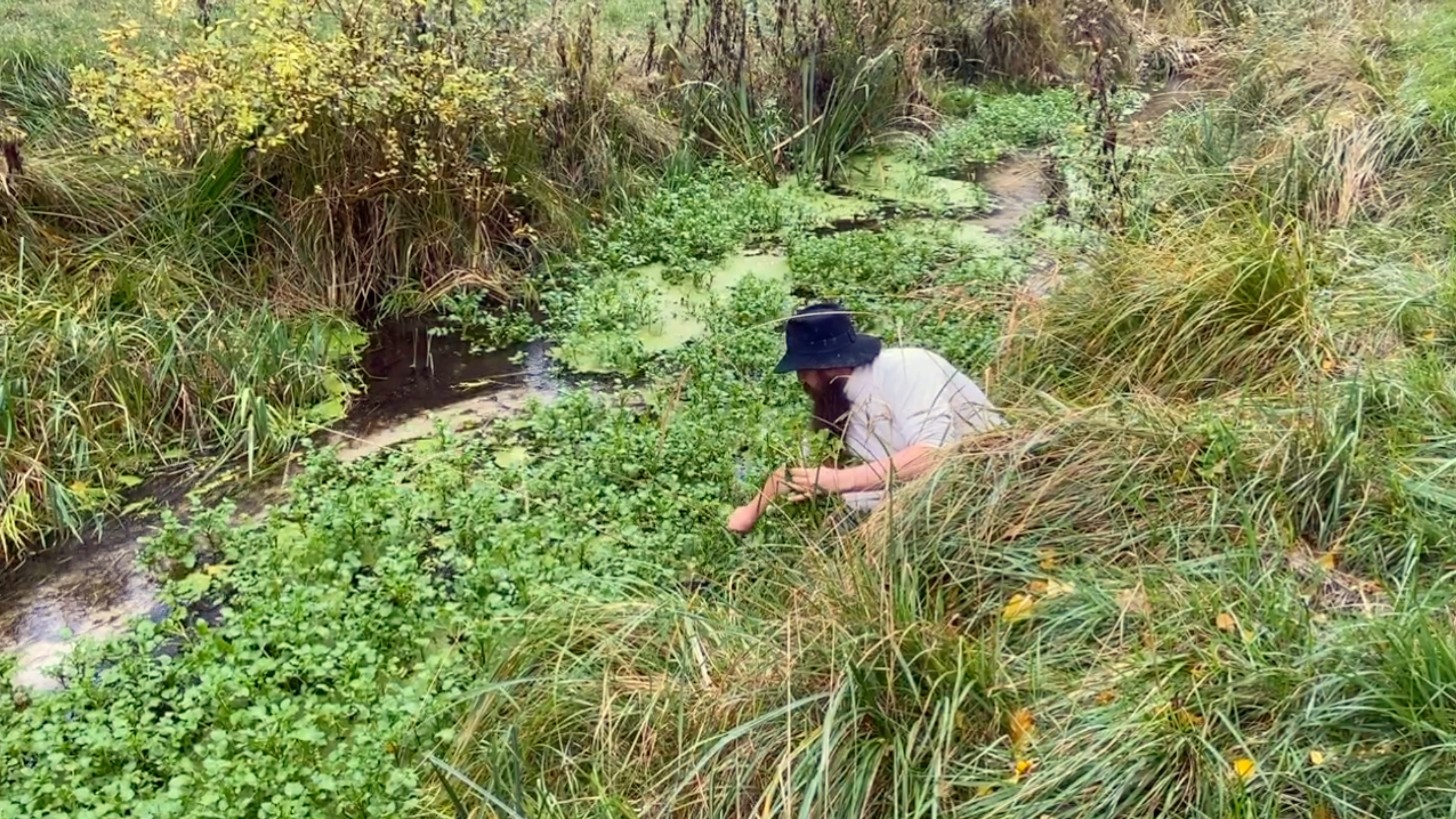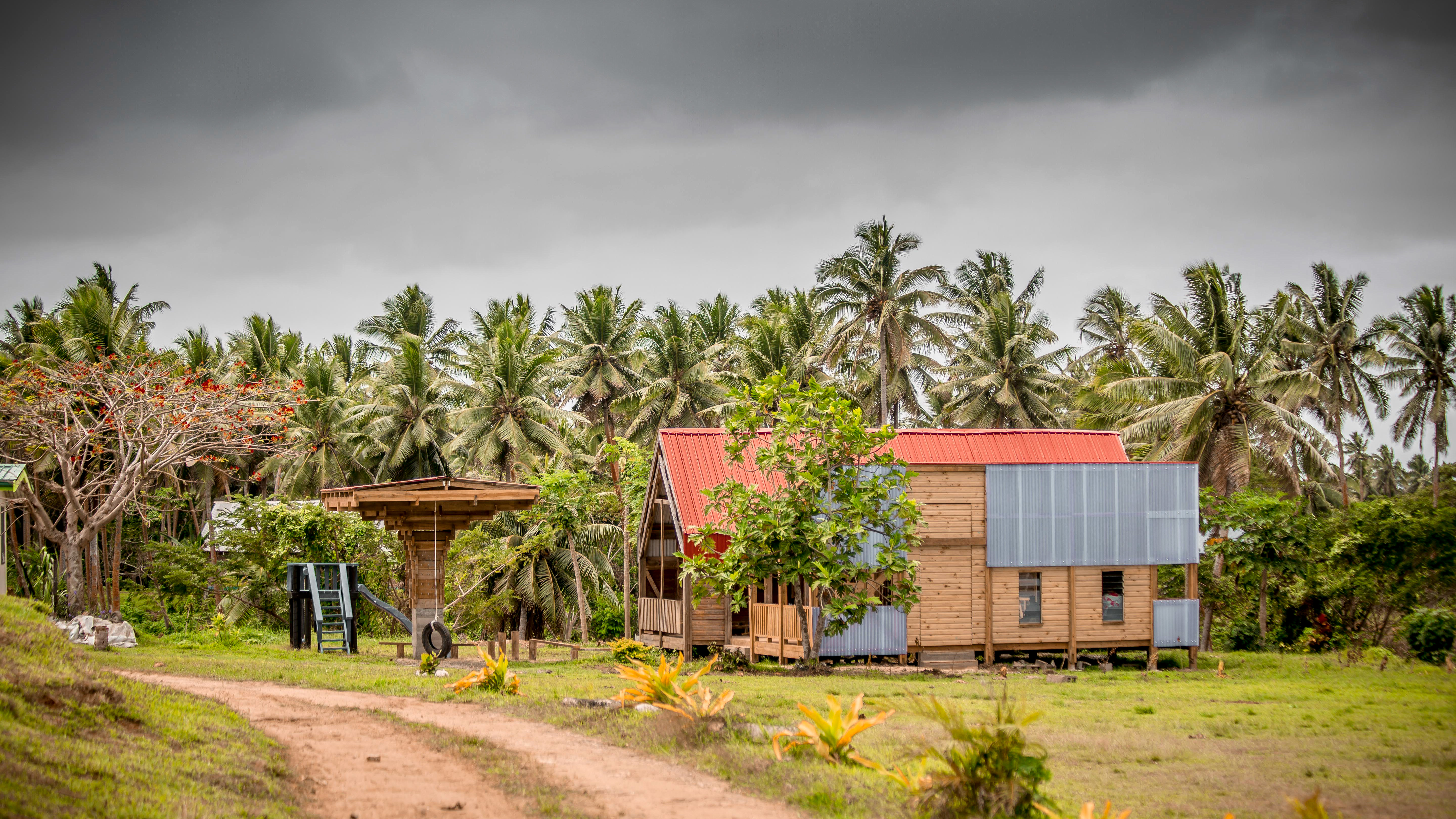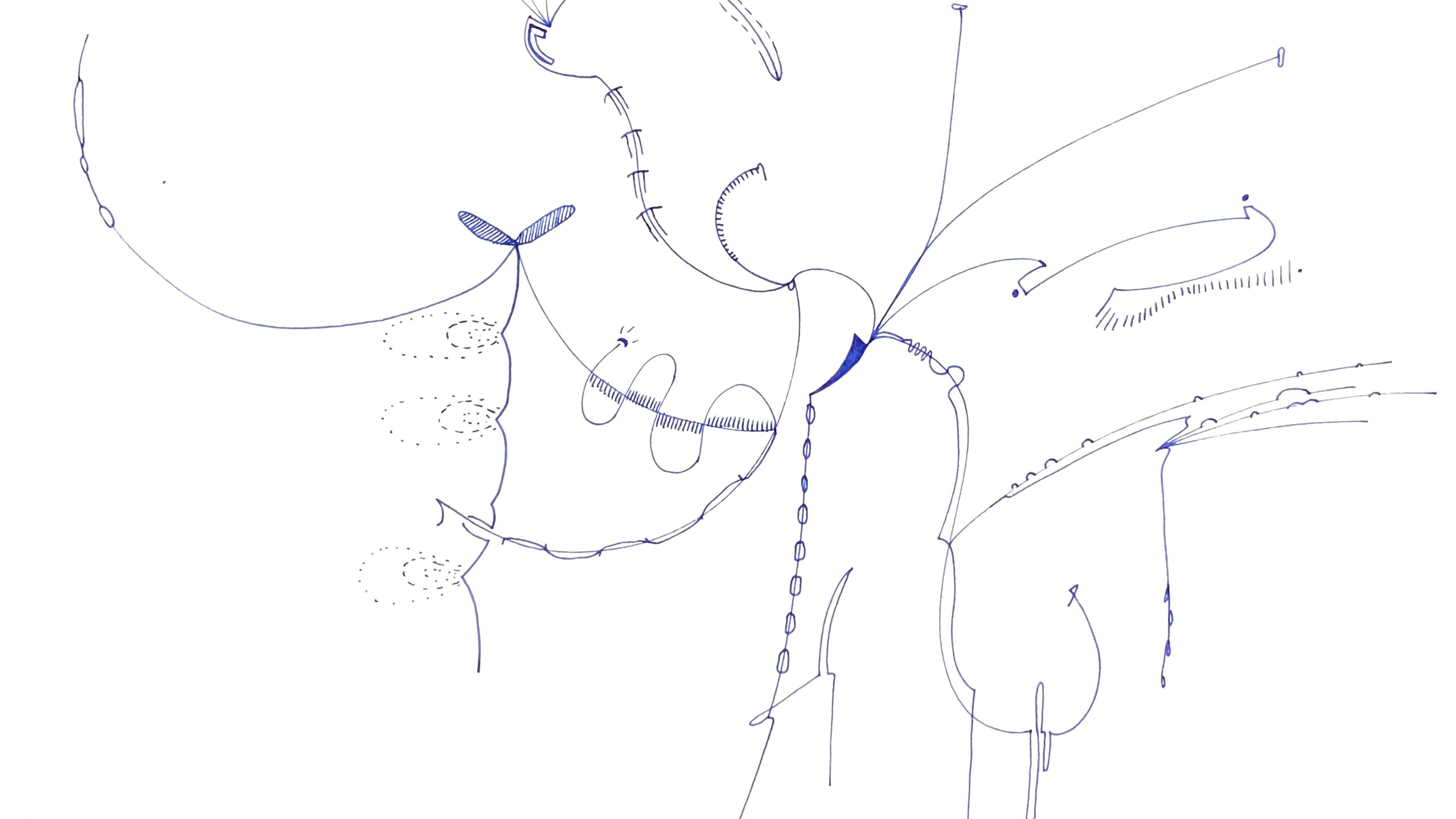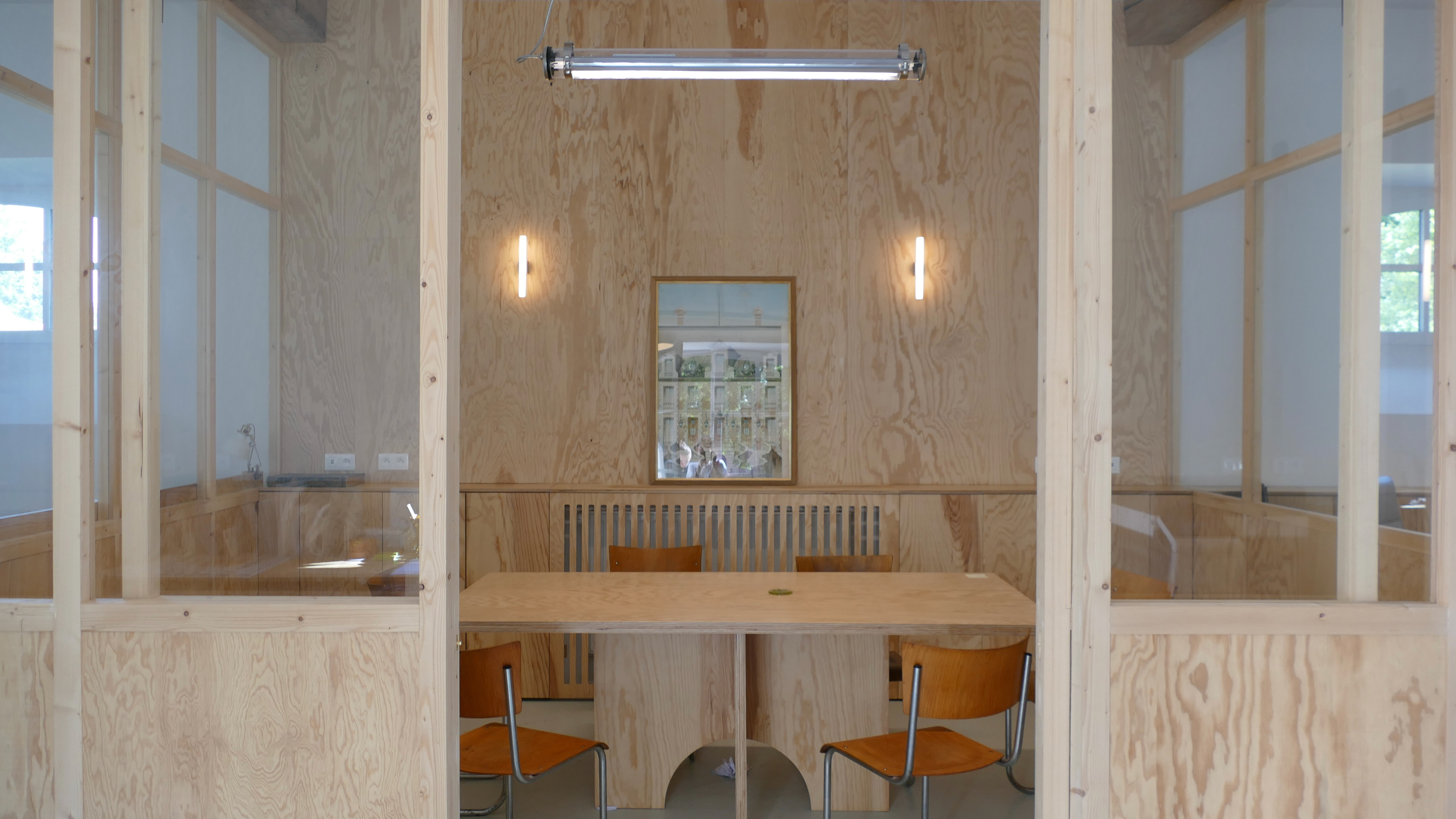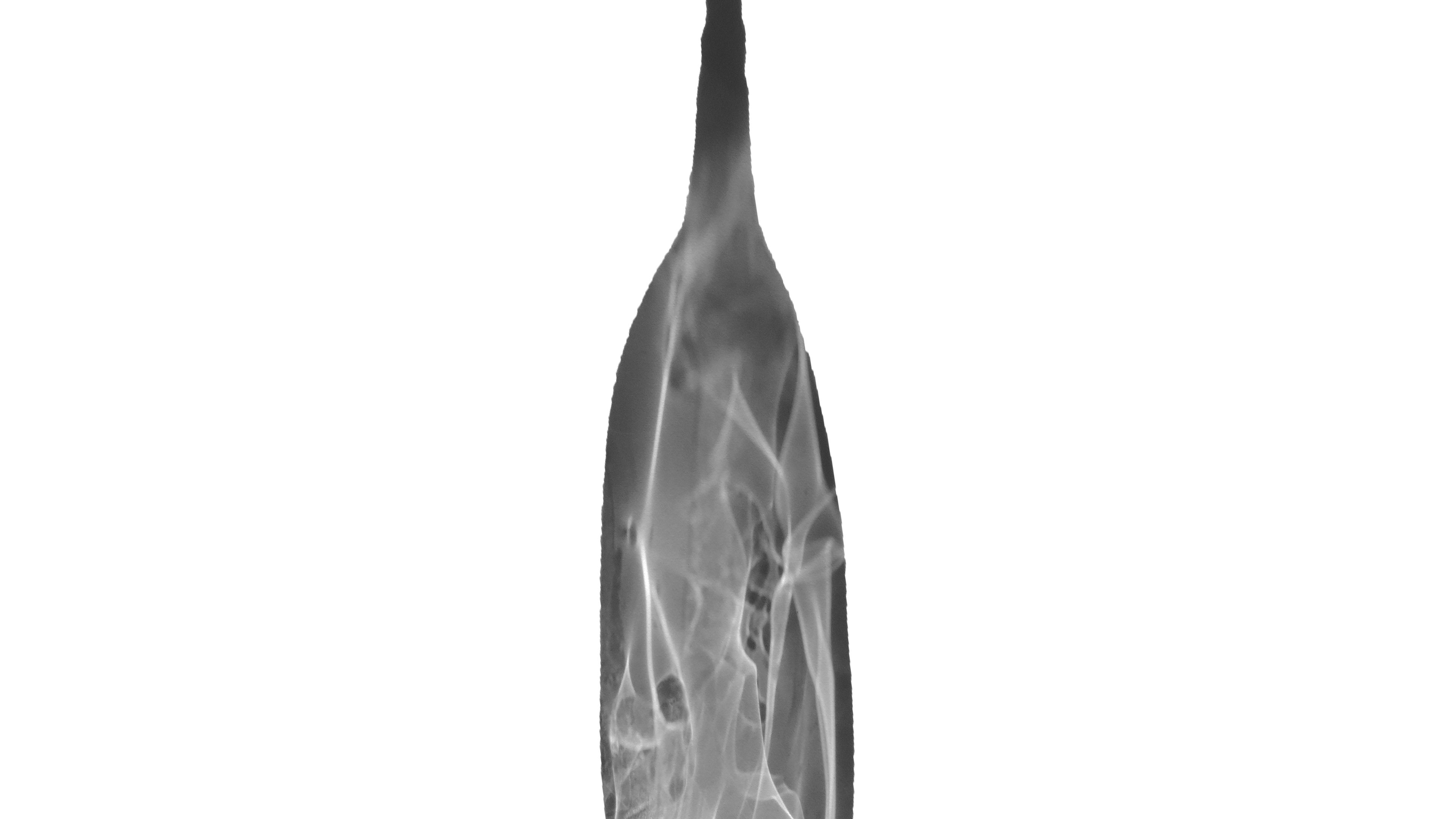The moving garden grows through the broken-up asphalt on Avenue des Champs-Élysées
The city has become our new biotope, with over half the world (55% in 2017) now living in urban settings. Soil, long revered in faiths, histories, and mythologies as the origin of life, shapes our food, populations, economies, and material cultures. Yet, urbanization and soil sealing have fractured this relationship, introducing floods, landslides, subsidence, and urban heat islands.
This project envisions breaking open the city’s asphalt, unearthing soil across streets, courtyards, and lobbies, and granting urban dwellers access to soil while exploring what it means to grant soil a right to the city. In this speculative future, unsealing becomes an act of liberation, allowing the soil to reclaim its place and redefine urban life.
Asphalt, concrete, and cobbles are rearranged into new assemblages of coexistence, where a topsoil layer cultivates a ‘moving garden.’ Here, resilient alpine flora, capable of thriving in poor, rocky soils, becomes the vanguard of rewilding, gradually blending asphalt into the earth. Over time, plants, rain, sunlight, and wind erode the city’s hardened surfaces, embedding them into the soil as a new horizon—preserving traces of the asphalt era like ancient glacial imprints in the land.
As Paris is unearthed, the rich diversity of its underlying soils shapes a new cartography of quartiers. These boundaries emerge not from political divisions but from the soil’s textures, hues, and fertility, inspiring architectures, crops, smells, and a revived relationship to place.
Earthen architecture, focused on care and adaptability rather than permanence, takes root. It frames a city where decay and renewal are part of its living fabric, fostering an ecology of care and connection. Through this process, the urban landscape reasserts its bond with the natural world, reshaping both the city’s identity and the way we inhabit it.
A speculative future history for an earthen Paris
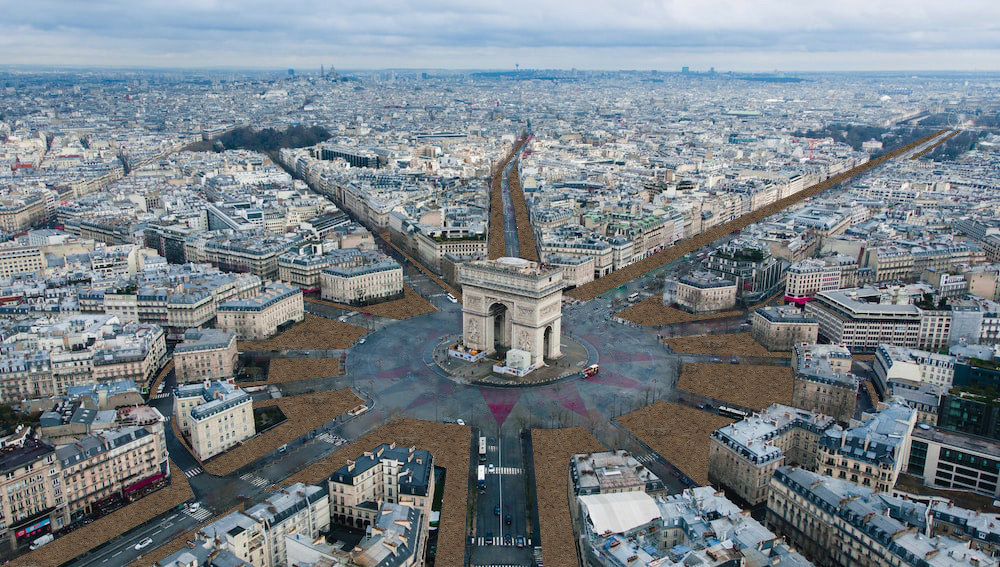
Asphalt is broken-up and lets the earth re-emerge in Paris (place Charles de Gaulle).
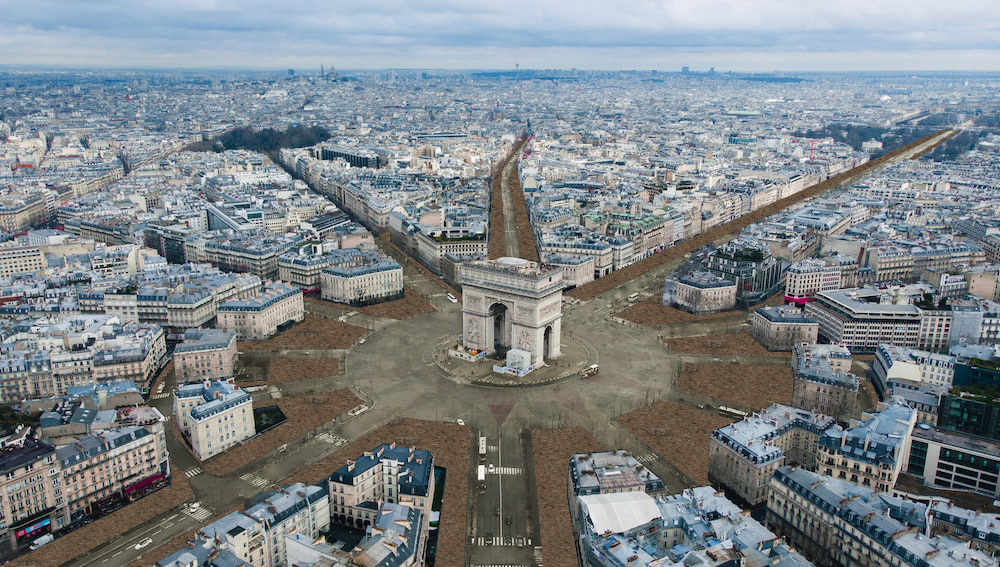
Some streets remain cobbled, while others have their asphalt fully broken-up. The street is shared with non-human city-dwellers.
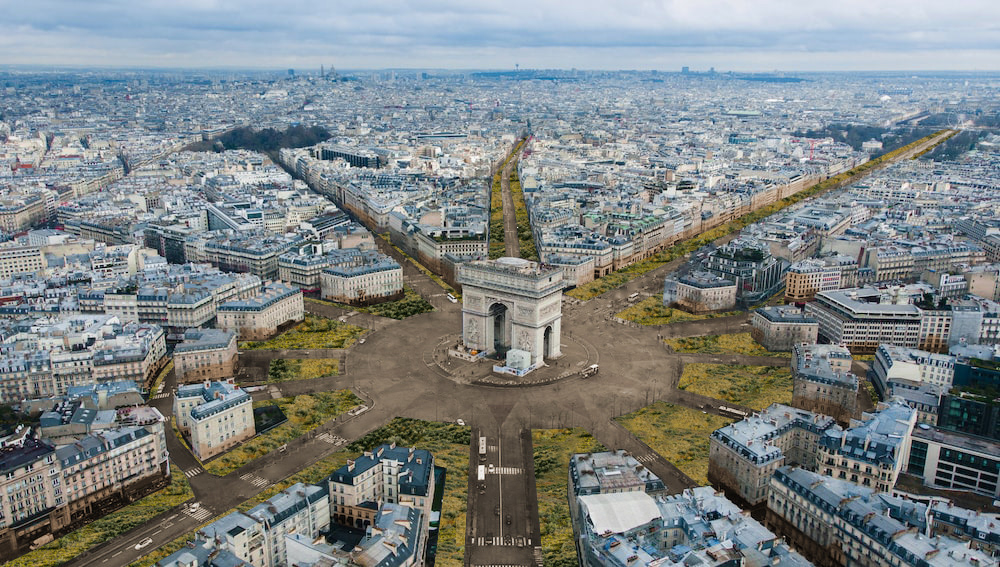
The neighbourhoods start differentiating themselves from one another, due to their soil qualities, as locally sourced earth is used in the architecture.
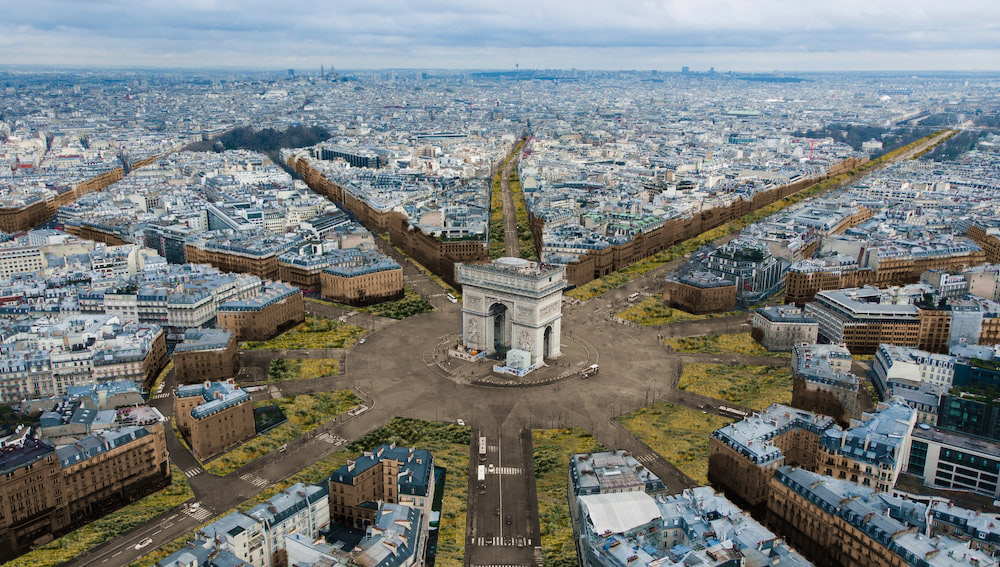
In Paris, city-dwellers have access to soil, and soil has a right to the city.
What is below our feet?
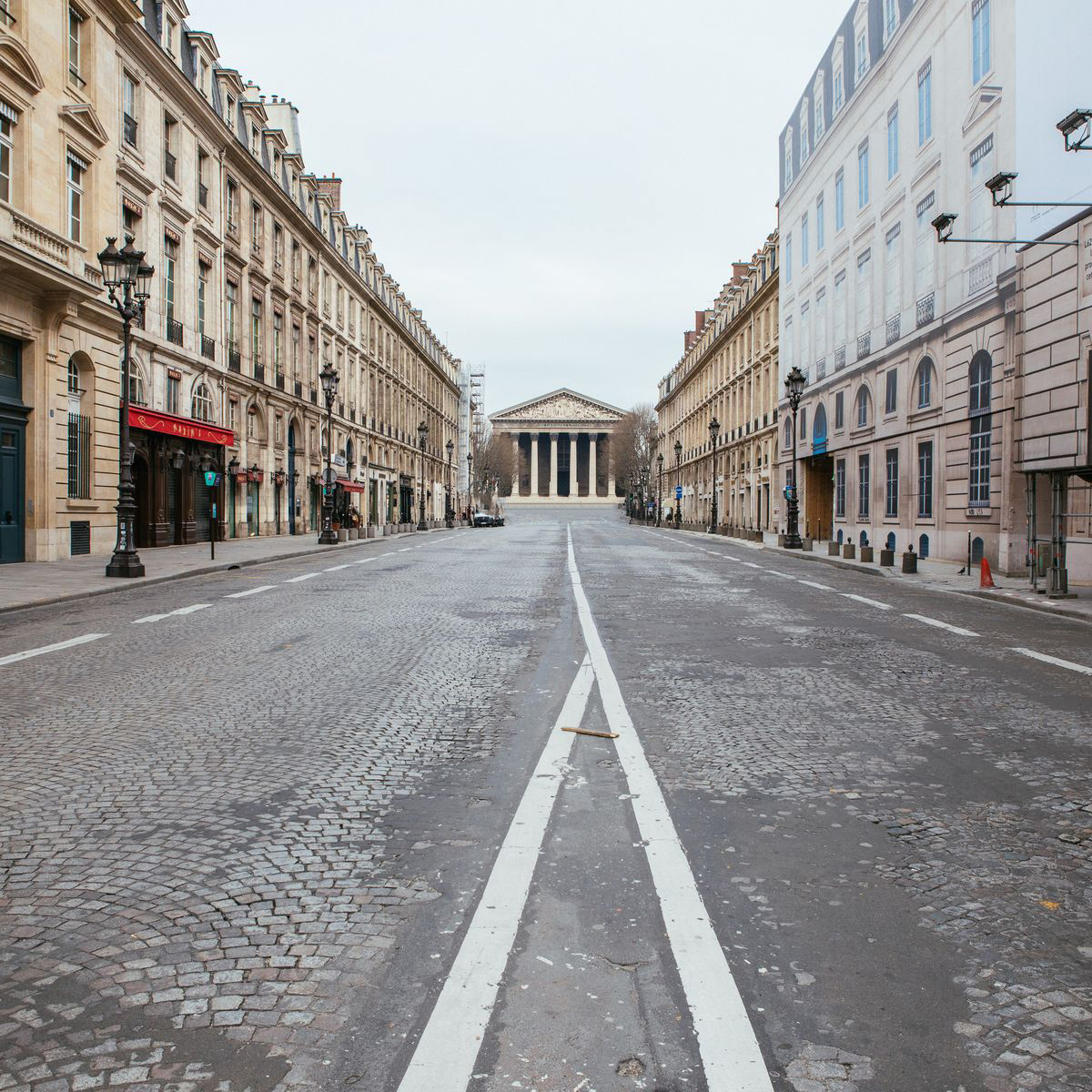
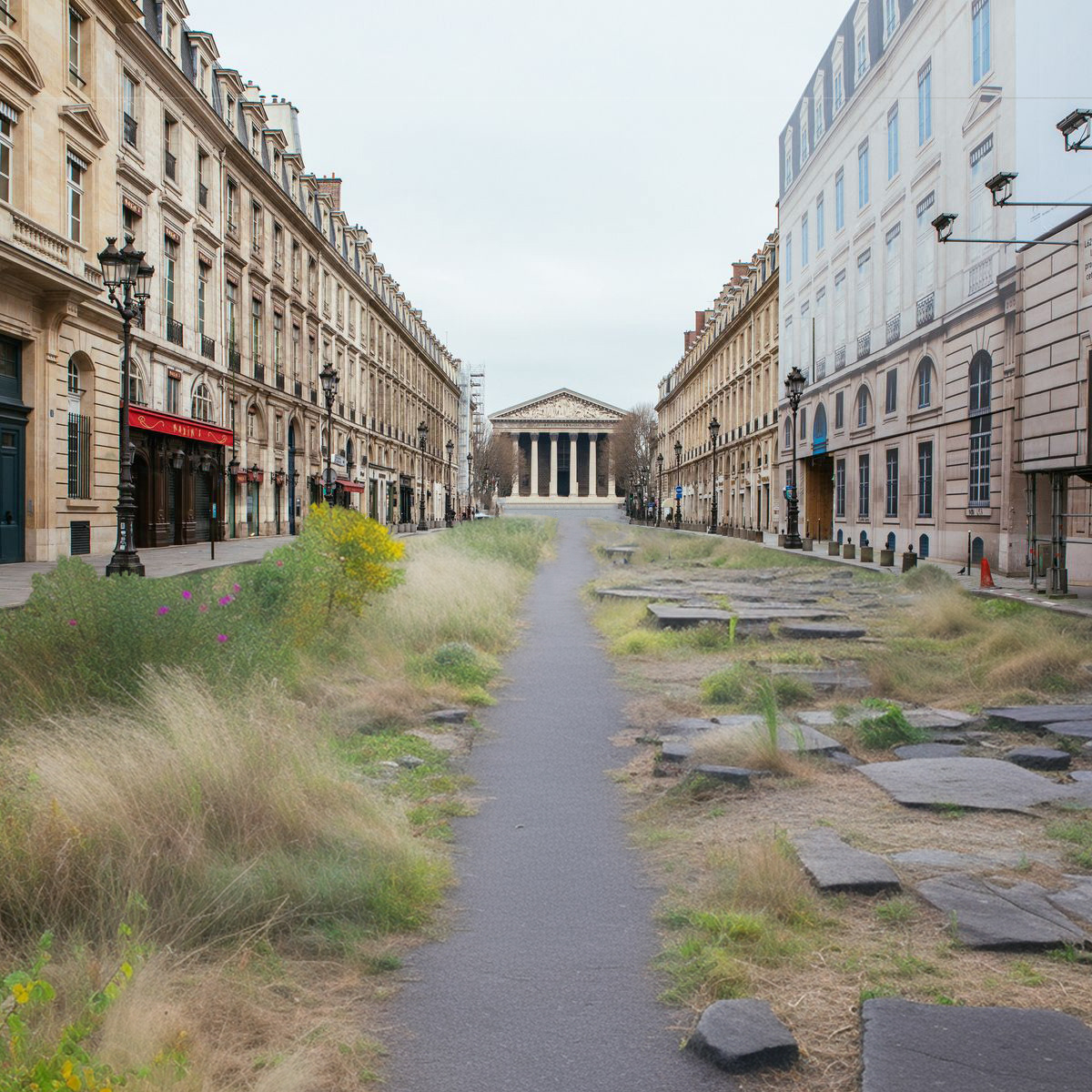
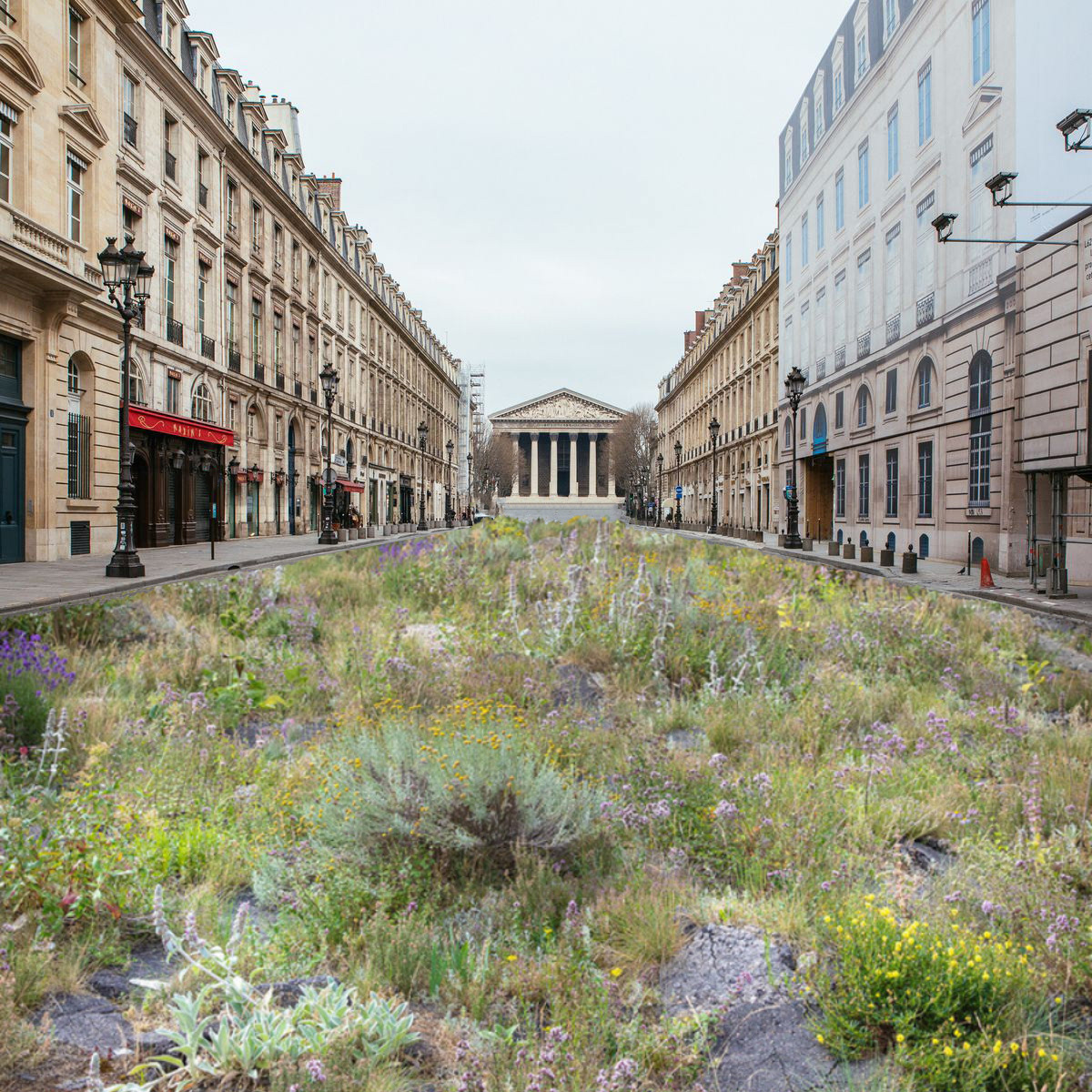
The evolution of rue Royale’s de-asphalting
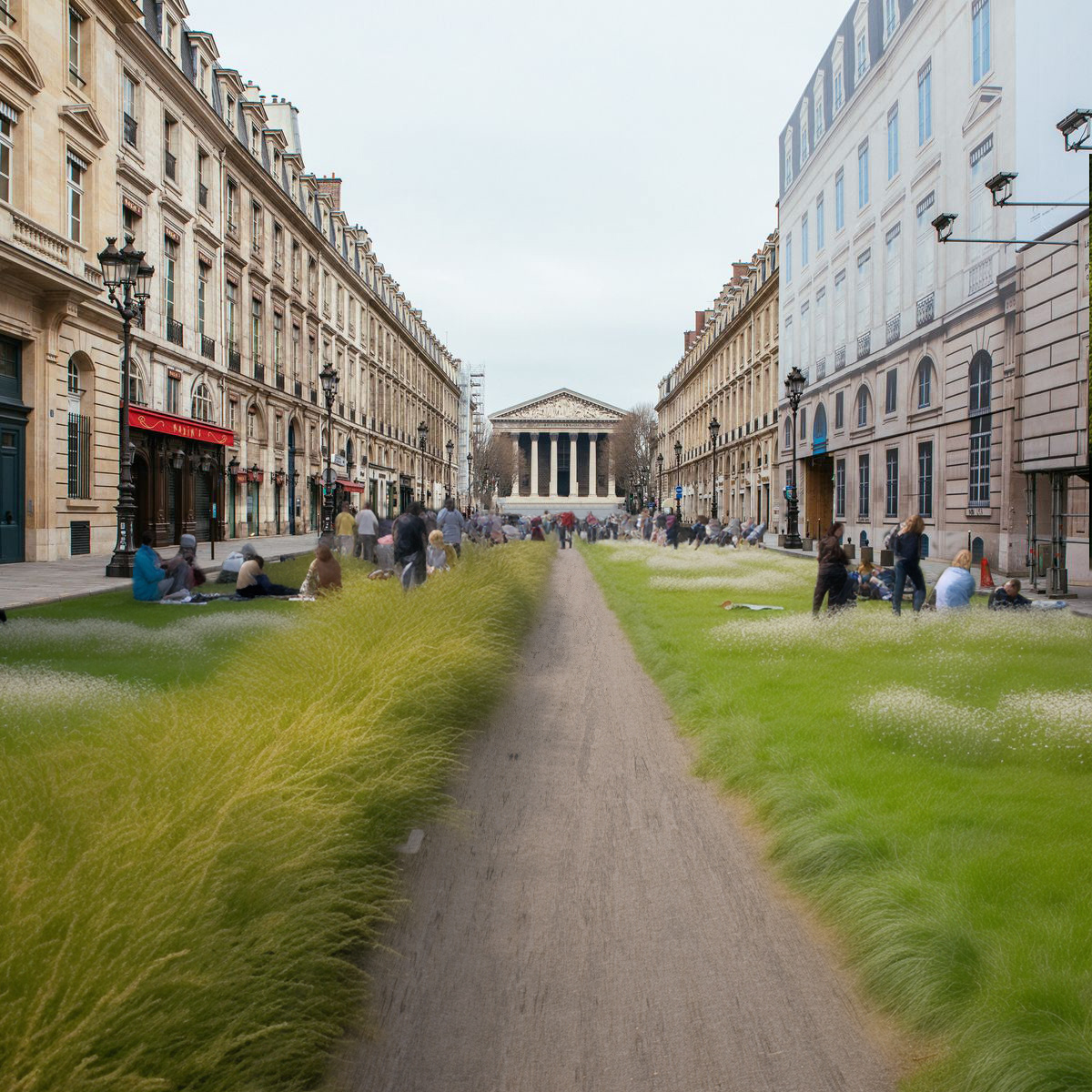
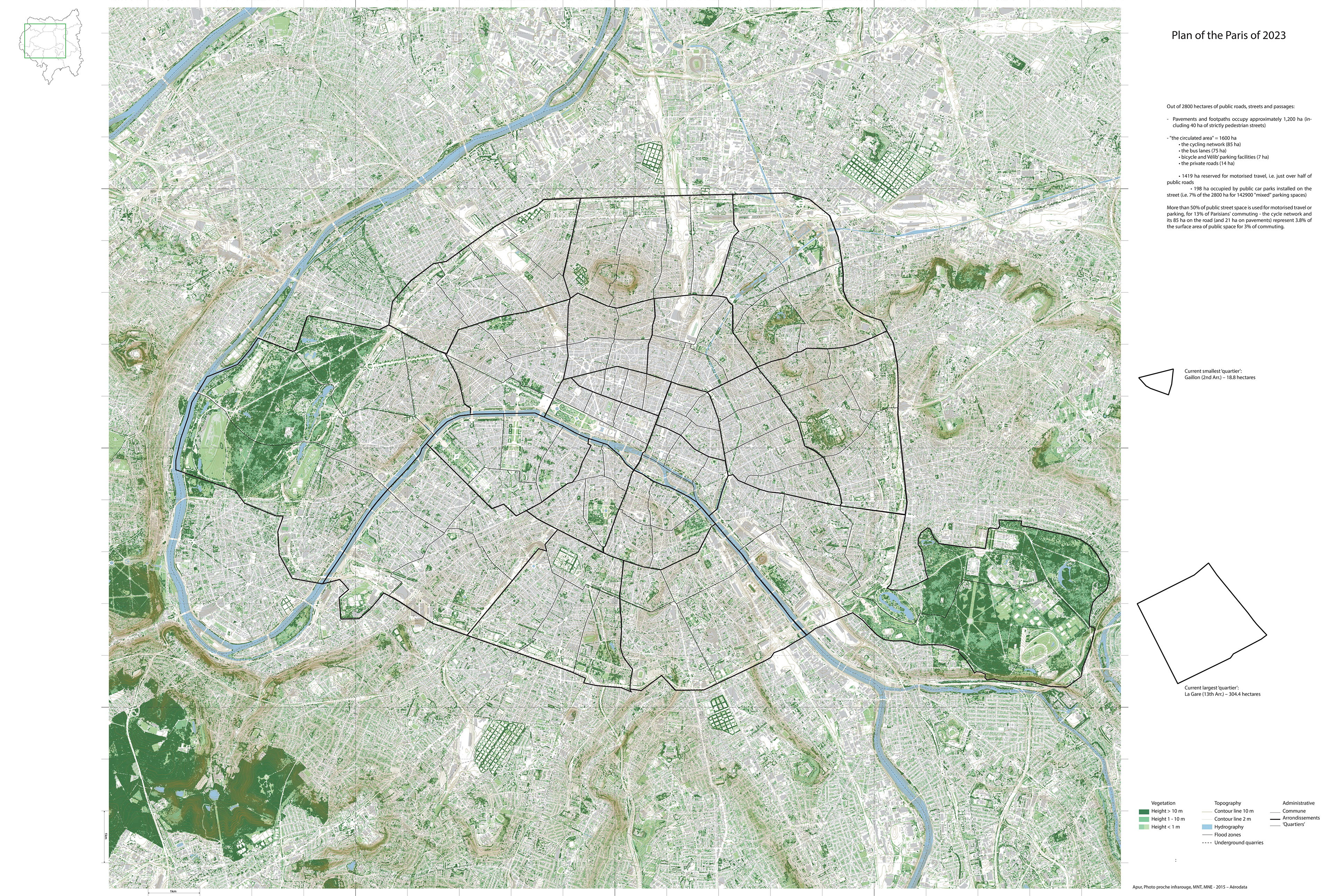
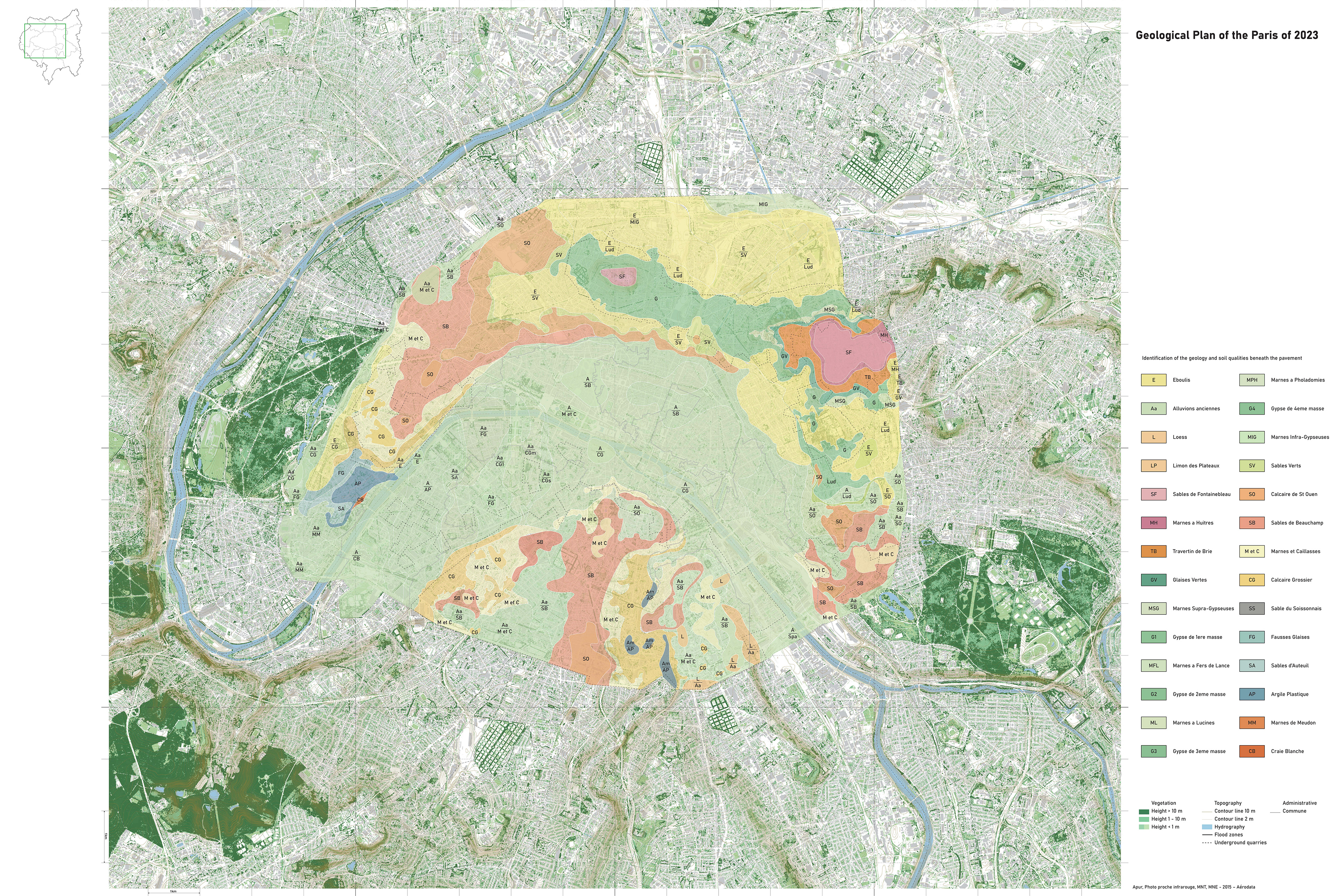
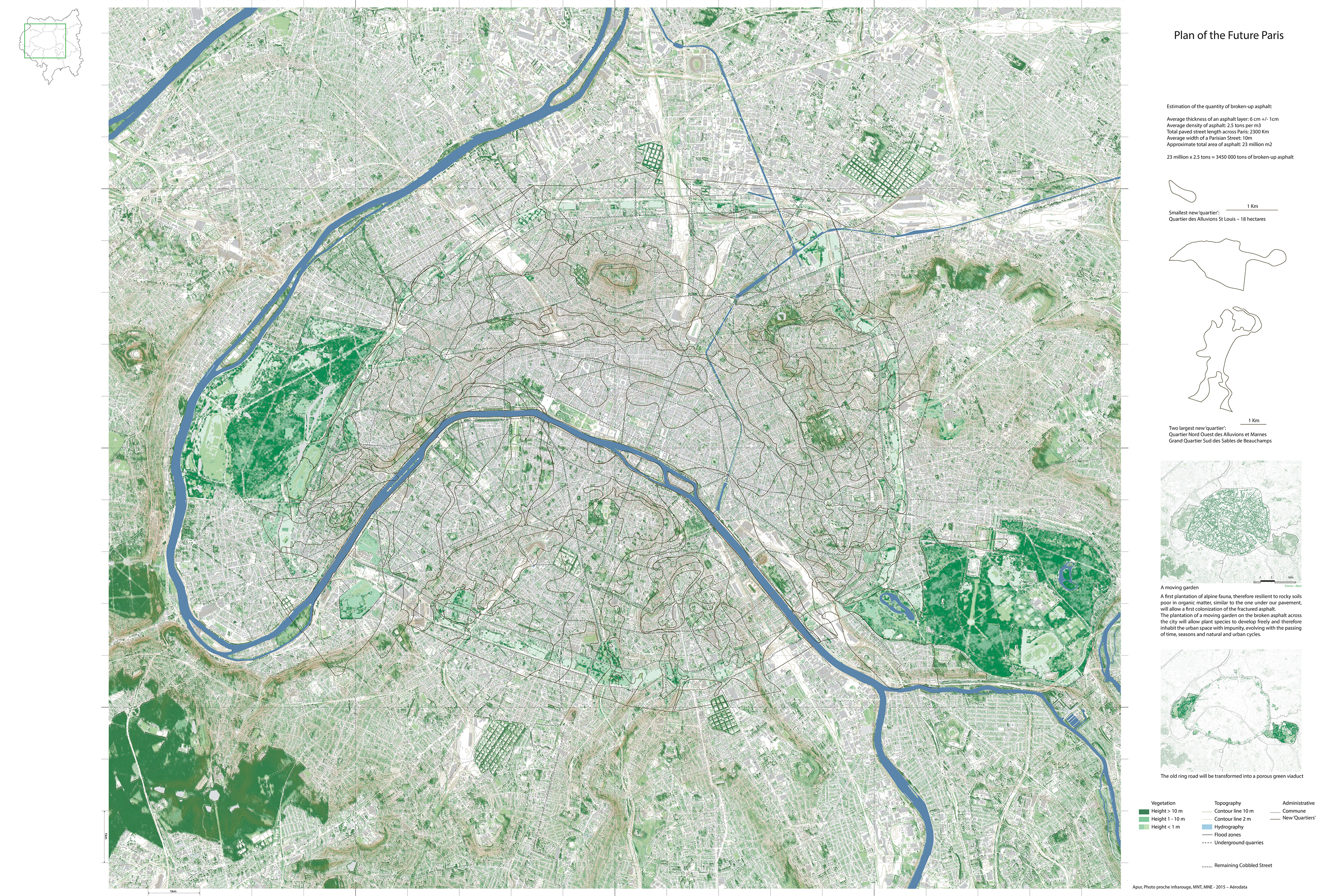
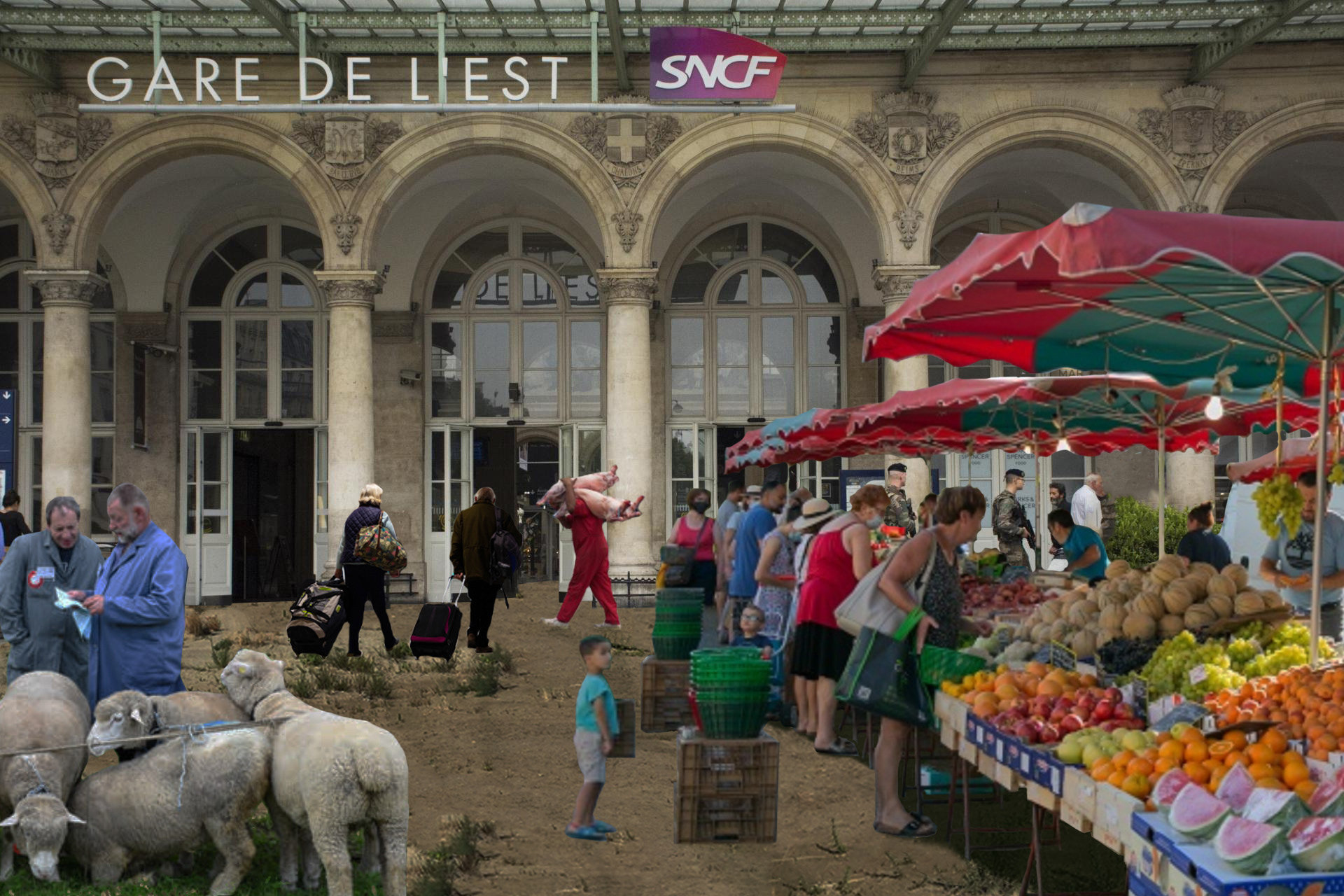
Future markets in front of train stations such as Gare de l’Est. Train stations will become hubs for culture and commerce.
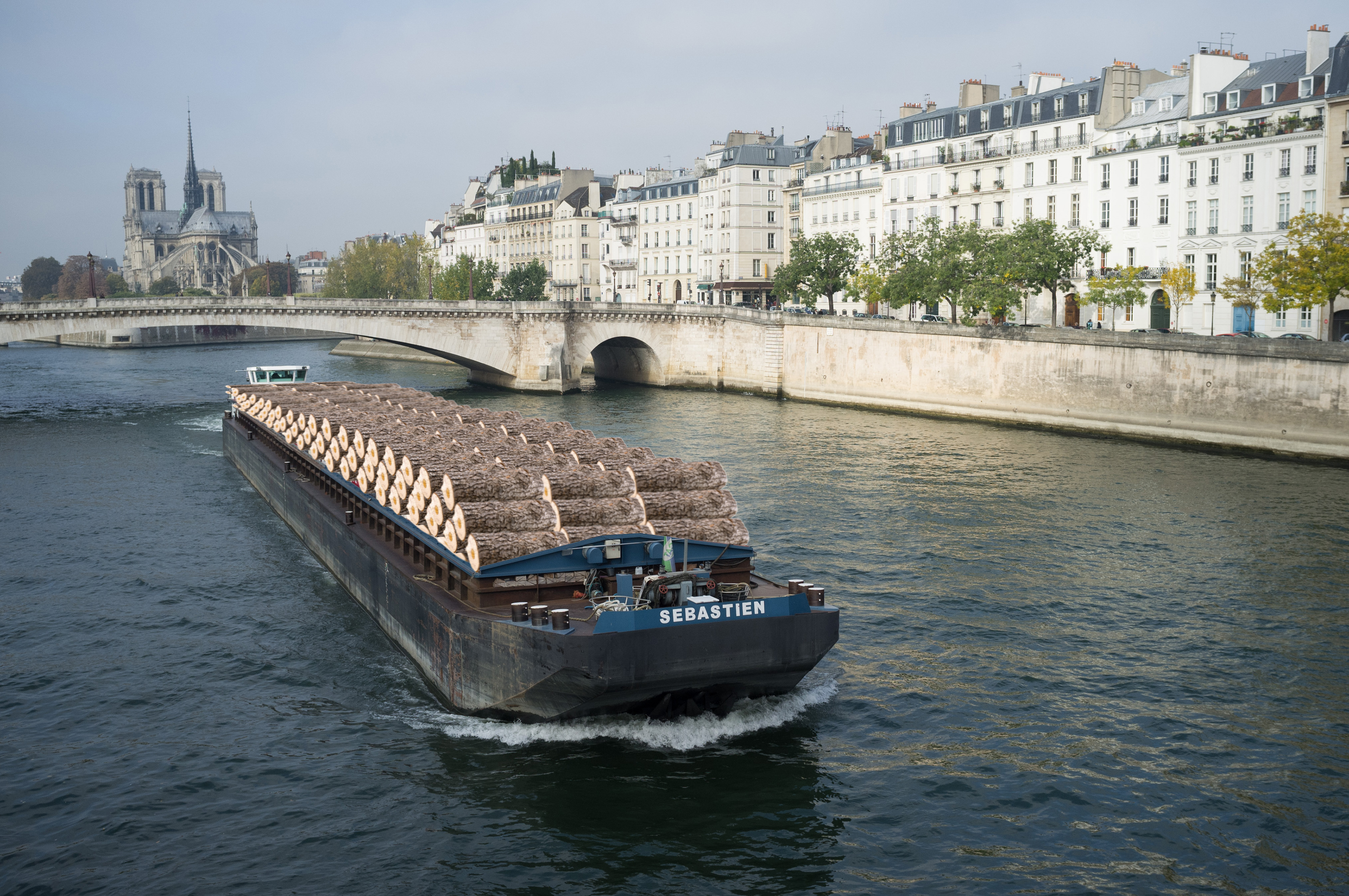
Barges on the Seine - The French waterways will be re-commissioned and barges will replace the traditional trucks for heavy transportation. The symbol of the city is after all a merchant ship on the Seine, and a renewal of river traffic will give meaning back to this identity.
Lime hemp facade renovation, rue de La Bucherie, in a district with a soil rich in river gravel, clay and limestone
